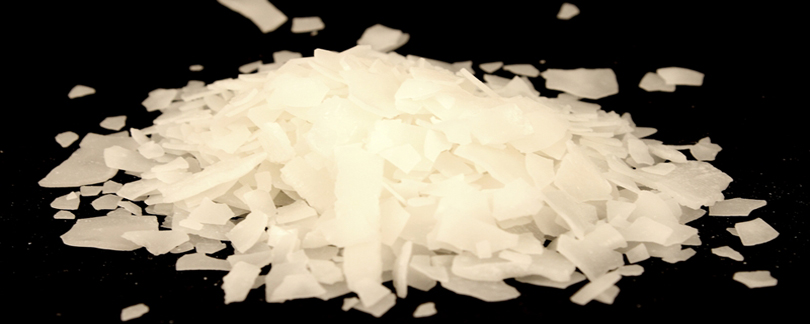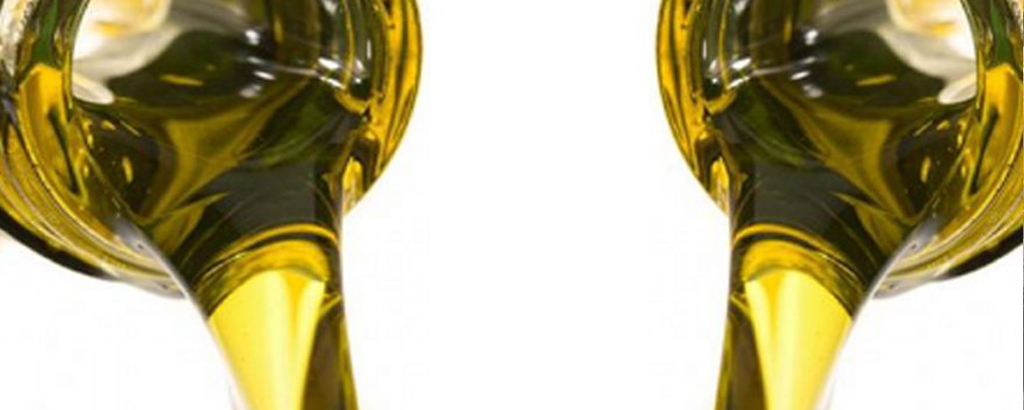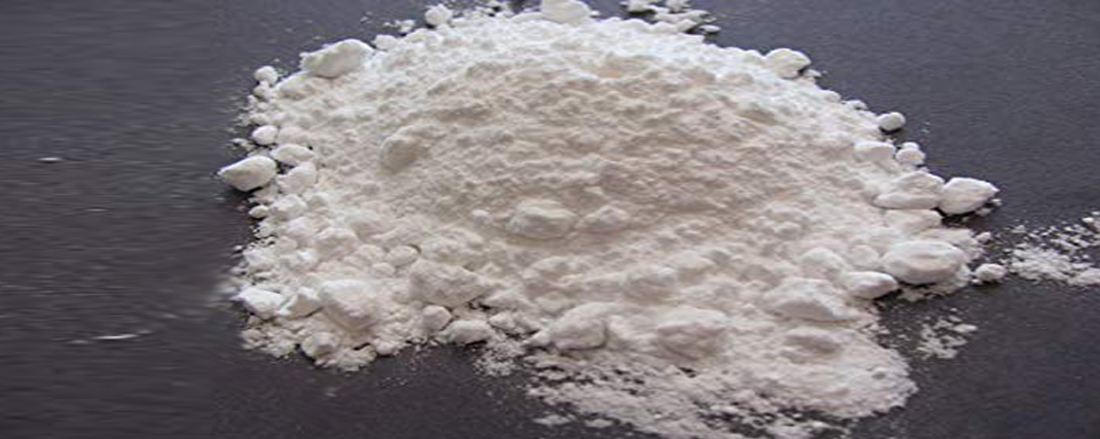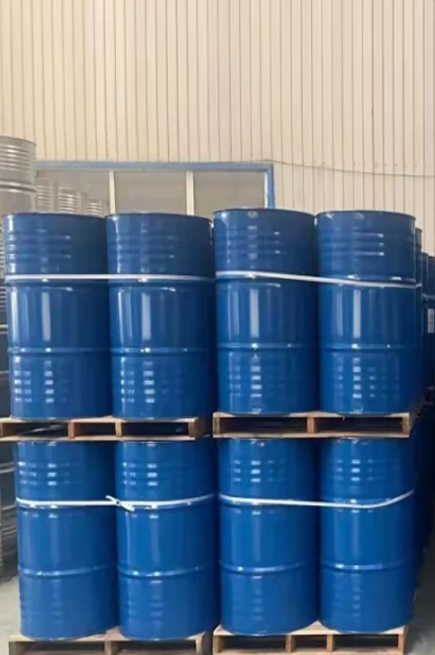Copper sulfate exporter and stockist in India and the Middle East. We are keeping ready stock of materials to complete our regular customer demand locally and globally. High-quality range of Copper Sulphate, Cupric Sulphate, Copper Sulphate Crystal, Copper Offered Copper/Cupric Sulphate, Copper Sulphate Crystal, Copper are well-known for the features like long working life, high functionality, and low maintenance.
There are plenty of Copper Sulfate Applications which can be studied through out our website.
Restoring Copper in Soil & Livestock Simple Solutions
Copper, A Key Mineral For Life Sustaining Organisms And How Copper Sulfate Plays A Role
Copper is needed to sustain life - Human, Animal or Plant.
Most living cells in us created by the good Lord himself experiences the benefits of copper or is reliant on copper for proper functionality. The purity of our copper sulfate makes it one of the best supplemental copper additives for soil and livestock.
If you already know the copper deficiency problems pertaining to soil or livestock and you know your requirements for copper sulfate, you can go to our products page and place your order. All of our fifty pound bags of copper sulfate are the highest purity of copper sulfate. If you need more information or would like to know more please read on.
Listed below is a brief summary of the information you will find for Copper Deficiency sub pages.
Soil:
Farmers that observe copper deficiencies are almost always managers striving for optimal yields. Their fertility management often includes manure and above average rates of fertilizer application. In many instances, their first indication of copper deficiency are crops with yield and quality consistently below expectations.
A copper deficiency can result in early aging or lowered levels of chlorophyll, which leads to yield reductions that go unnoticed if the deficiency is not severe.
Many symptoms of copper deficiency may be confused with frost damage, insect damage, diseases and herbicide injury. Some herbicide/cereal interactions have been documented on copper deficient soils.
Livestock:
Marginal to severe copper deficiency in cattle is widespread across the United States.
Forage surveys conducted across the United States overwhelmingly reveal forage samples that are marginally to severely deficient in copper
It is widely known that copper deficiency in cattle results in reduced reproductive efficiency and performance.
Reproductive problems cost beef producers about $15.00 per cow per year. This translates into $750 per year for a 50-cow herd.
Copper is needed by a variety of key systems in the body.
Some signs are decreased conception rates; increased days open; hoof problems; depressed immunity; anemia; reduced growth rate and, in some cases, diarrhea......
Proper copper nutrition is essential for a healthy immune system in cattle.
Do not skimp on mineral supplementation during spring and summer months when forage quality is good. Remember that most soils are deficient in copper so the forages grown on those soils will be deficient too
Uses of Copper Compounds: Copper Sulphate
Copper sulphate, blue stone, blue vitriol are all common names for pentahydrated cupric sulphate, Cu S04 5 H20, which is the best known and the most widely used of the copper salts. Indeed it is often the starting raw material for the production of many of the other copper salts. Today in the world there are more than 100 manufacturers and the world's consumption is around 200,000 tons per annum of which it is estimated that approximately three-quarters is used in agriculture, principally as a fungicide.
Manufacture In the production of copper sulphate virgin copper is seldom, if ever, used as the starting raw material. Copper ores are used in countries where these are mined. For the bulk of the world's production nonferrous scrap is the general source. The scrap is refined and the molten metal poured into water to produce roughly spherical porous pieces about the size of marbles which are termed "shot". This shot is dissolved in dilute sulphuric acid in the presence of air to produce a hot saturated liquor which, if the traditional large crystals of copper sulphate are required, is allowed to cool slowly in large cooling vats into which strips of lead are hung to provide a surface for the crystals to grow on. If the granulated (snow) crystal grades are desired, the cooling process is accelerated by agitating the liquor in water cooled vessels.
Other methods of production are:
- By heating copper scrap with sulphur to produce copper sulphide which is then oxidised to form copper sulphate.
- By heating copper sulphide ores to produce copper oxide which is then treated with sulphuric acid to form copper sulphate.
- By slow leaching in air of piles of low grade ore. Bacterial action is sometimes employed to hasten the process. A solution of copper sulphate drains away from such heaps.
Commercially copper sulphate contains 25 % metallic copper and is sold with a guaranteed minimum purity of 98 % copper sulphate. It is produced in a number of grades varying from large crystal lumps, of 25 mm or more in diameter from which it appropriately derives the name bluestone, to very fine powders of almost the fineness of talcum powder. The four commonest grades, based on crystal diameter sizes, are:
- Large crystals (from 10 mm to 40 mm)
- Small crystals (from 2 mm to 10 mm)
- Granulated or snow crystals (less than 2 mm)
- Windswept powder (less than 0.15 mm)
Uses of Copper Sulfates
Copper sulphate is a very versatile chemical with as extensive a range of uses in industry as it has in agriculture. Its principal employment is in agriculture, and this role is described in some detail in the next section.
Up to a generation or so ago about its only uses in the industry were as a mordant for dyeing and for electroplating, but today it is being employed in many industrial processes. The synthetic fibre industry has found an application for it in the production of their raw material. The metal industry uses large quantities of copper sulphate as an electrolyte in copper refining, for copper coating steel wire prior to wire drawing and in various copper plating processes. The mining industry employs it as an activator in the concentration by froth flotation of lead, zinc, cobalt and gold ores. The printing trade takes it as an electrolyte in the production of electrotype and as an etching agent for process engraving. The paint industry uses it in anti-fouling paints and it plays a part in the colouring of glass. Indeed, today there is hardly an industry which does not have some small use for copper sulphate.
Uses of Copper Compounds: General Uses
To trace the history of copper compounds it would be necessary to go back much further than the fourth millennium BC. Records found in the tombs of the early Egyptians suggest that, at least, this ancient civilisation employed copper sulphate as a mordant in their dyeing process. Today, more than 5,000 years later, copper sulphate is still employed by the world's dyeing industry in the after treatment of certain dyes to improve their fastness to light and washing.
Another equally early recorded use for copper compounds was for the making of ointments and other medical preparations. Later, the Greek civilisation of the pre-Christian era of Hypocrates (circa 400 BC) saw the prescribing of copper sulphate for pulmonary diseases and by the 18th century AD it had come into wide clinical use in the western world, being employed for the treatment of mental disorders and afflictions of the lungs.
It is noteworthy that copper sulphate has lost none of its effectiveness over the centuries, neither have any harmful side effects been reported. Copper sulphate is still, however, highly prized by some inhabitants of Africa and Asia for healing sores and skin diseases. In the West it is widely used in baby foods and in mineral and vitamin tonics and pills.
Copper has a wide spectrum of effectiveness against the many biological agents of timber and fabric decay. It renders them unpalatable to insects and protects them from fungus attack. Copper sulphate has been in use since 1838 for preserving timber and is today the base for many proprietary wood preservatives.
The discovery more than 80 years ago that many algae are highly susceptible to copper, led to the use of copper salts by water engineers to prevent the development of algae in potable water reservoirs. They are also employed to control green slime and similar algal scums in farm ponds, rice fields, irrigation and drainage canals, rivers, lakes and swimming pools.
Another well known use for copper compounds is as a molluscicide for the control of slugs and snails. Less than one part of copper per million parts of water can control disease-transmitting aquatic snails, which are responsible for schistosomiasis or bilharzia in humans in tropical countries and fascioliasis or liver fluke of animals in both tropical and temperate climates.
Uses of Copper Compounds: Other Copper Compounds
Copper Acetates
Basic copper acetate (verdigris) was at one time made in France by interleaving copper metal sheets with fermented grape skins and dregs left after wine manufacture. After some time when the copper sheets had become coated with verdigris they were removed, exposed to the air for a few days and then replaced. This process was repeated until the whole sheet had become corroded. The resulting product was known as blue verdigris and was used as a fungicide at 1 kg basic copper acetate in 500 litres water.
Present manufacture is based on the action of acetic acid on copper metal, copper oxide or copper carbonate. They can also be prepared by treating a copper sulphate solution with lead acetate. Copper acetates are used as an intermediate in the manufacture of Paris green (cupric aceto-arsenite); as a catalyst in a number of organic reactions including rubber aging; as a chemical in textile dyeing; and as a pigment for ceramics. Copper acetates have also been used for impregnating kraft paper to produce an anti-tarnish wrapping paper for high grade silver ware.
Cuprous Oxide
Can be produced either electrolytically from copper or by the action of alkaline reducing agents on copper sulphate solutions. Formulated proprietary brands of cuprous oxide are extensively employed as fungicides and seed dressings. Another important application is in anti-fouling paints. Other uses include the colouring of porcelain and glass.
Cupric Oxide (black copper oxide)
Can be produced either by adding caustic soda to hot copper sulphate solutions or by treating copper scale with nitric acid and heating to redness. Cupric oxide is used in the ceramic industry for imparting blue, green or red tints in glasses, glazes and enamels. It is occasionally employed for incorporation in mineral supplements for insuring against an insufficiency of copper in the diet of animals. Among its other uses is the preparation of cuprammonium hydroxide solutions for the rayon industry.
Cupric Chloride
Obtained either by dissolving cupric oxide in hydrochloric acid or by the action of chlorine on copper. Its principal use is in the petroleum industry for sweetening (catalytic oxidation of the mercaptans) and as an ingredient of catalysts for other chemical processes. It is also used as a mordant in calico printing and dyeing.
Copper Oxychloride
Is a basic copper chloride and is usually manufactured either by the action of hydrochloric acid on copper metal or by the air oxidation of cuprous chloride suspensions. It has a number of applications, by far the most important being as an agricultural fungicide for which purpose it is extensively employed in formulated form as dusts, wettable powders and pastes.
Cuprous Chloride
Prepared either by heating a solution of cupric chloride with copper turnings or by the action of a reducing agent, such as sulphur dioxide, on a mixture of common salt and copper sulphate solution. The petroleum industry uses cuprous chloride in their "oil sweetening" process. Ammoniacal solutions of cuprous chloride are employed for the absorption of any carbon monoxide which may be present in a gas as an impurity.
Cupric Nitrate
Produced either by dissolving copper carbonate in nitric acid or direct from copper and nitric acid. It has a number of small uses, such as in ceramics, in dyeing as a mordant, in fireworks and in photography.
Copper Cyanide
Manufactured from sodium cyanide and copper sulphate. It is mainly used for copper electroplating.
Copper Soaps
Usually made by the interactlon of the corresponding soap with copper sulphate solution. Small quantities of these, such as copper stearate, copper oleate and copper abietate (from resins), are employed mainly for rot-proofing textiles, ropes, etc. They are also used in paints as they are soluble in oils, white spirits, etc.
Copper Naphthenate
Usually manufactured either from copper sulphate and naphthenic acid in combination with an alkali or by heating naphthenic acid and copper oxide. It is widely used as an oil-based wood preservative and as a rot-proofing agent.
Anhydrous and Monohydrated Copper Sulphate
Obtained by heating copper sulphate pentahydrate when four molecules water of crystallization are removed the product becomes copper sulphate monohydrate which is green in colour. At a higher temperature all the water of crystallization is removed and anhydrous copper sulphate is the white powder which results. They can also be obtained by crystallization from copper sulphate pentahydrate in boiling sulphuric acid. The main applications are in the production of proprietary wood preservatives and agricultural fungicides as well as for the production of a number of copper compounds. Sometimes they are utilised to detect the presence of moisture.
Metal Etching Using Copper Sulfate
Guaranteed Precision
The Improved Copper Sulfate Metal Etching Solution - Add Water
We continue to offer pure Copper Sulfate Crystals at wholesale prices for use in metal etching.
The improved Copper Sulfate Metal Etching product with an added catalyst to enhance performance, sharpen etching detail and extend the working life of the solution.Copper Sulfate is in stock and available for purchase on our Product Ordering page.
HOW Copper Sulfate WORKS for Etching:
Research and experimentation has led to a better solution for those who use straight copper sulfate for a metal etching solution. The traditional (non-copper sulfate) etching process uses harmful acids which release toxic vapors and require special handleing and practices. The use of a copper sulfate solution for etching has always been safer than the alternative and copper sulfate use for metal etching is steadily growing.. however, RXSOL Copper Sulfate provides what many feel are practical improvements over using plain copper sulfate in a metal etching solution. A saturated solution of plain copper sulfate crystals is an excellent mordant for zinc, aluminum, copper, brass and mild steel, but due to lack of a catalyst, etching is somewhat slow and the solution becomes exhausted quickly. The use of RXSOL Copper Sulfate instead of plain copper sulfate enhances the electrolytic eroding potential of copper sulfate to be harnessed more fully. We offer this outstanding alternative solution, RXSOL Copper Sulfate, pre-mixed and measured - Just add water!
The RXSOL Copper Sulfate solution activates the etch by diminishing the bond with water. Our RXSOL Copper Sulfate for etching zinc, aluminum, copper, brass and mild steel is about three times more active than a straight copper sulfate solution; it also produces a very crisp etch. During biting a coppery sediment of metal hydroxides and oxides floats to the surface, thus keeping the bitten work from clogging up. Etching can also be aided by occasionally brushing the plate surface with a soft brush; delicate marks, such as a spray aquatint or soft ground should, however, be etched without brushing. RXSOL Copper Sulfate works more effectively if floating solids are regularly skimmed off with a brush or strainer and removed from the bath. This keeps the solution from turning alkaline and extends its usable life.
MATERIALS
Products and Equipment needed to improve your etching experience:
-
RXSOL Copper Sulfate
-
supply of hot water
-
heavy-duty gloves
-
safety goggles
-
dust mask
-
wooden stick or stiff plastic brush for mixing
-
bucket
-
etching tray
METHOD
Mix Copper Sulfate as follows. (This example is for 4 pounds of RXSOL Copper Sulfate.)
As always put on gloves, dust mask, and safety goggles when handling even the safest of chemicals.
-
Place RXSOL Copper Sulfate powder into a bucket or straight into the chosen etching tray.
-
Add 1 gallon of hot water and stir with a wooden stick or a stiff brush. The solution turns into a green sludge.
-
Then add 1 gallon of warm water stirring continuously. Most of the crystals should dissolve within 5 to 10 minutes of mixing, producing a dark green liquid.
Copper Sulfate Foot Bath for Livestock
Copper Sulfate for Foot Bath & Treatment of Foot Rot in Sheep & Cattle
For Foot Bath, Copper Sulfate can be used in a 5% to 10% solution (by weight) with immersion 3 or 4 times per week or for a period of time as prescribed by your veterinarian. The Copper Sulfate foot bath solution should be changed every 150 to 200 cows depending on the concentration of copper sulfate, use of a pre-bath, and comtamination of the bath. Determine the volume of the hoof bath and calculate the amount of Copper Sulfate carefully. Do not use more Copper Sulfate than is recommended by your veterinarian. By placing a clean water bath in front of the treatment bath, the animals will clean their hoofs to some extent and keep the hoof bath effective for a longer period of time. If your veterinarian recommends hoof bath, use as an aid in the treatment of foot rot in cattle. Hoof baths should only be part of an overall program that includes proper nutrition, regular hoof trimming, and hoof injury prevention. Keep animals out of wet, muddy or stony areas where hoofs can soften and be injured.





